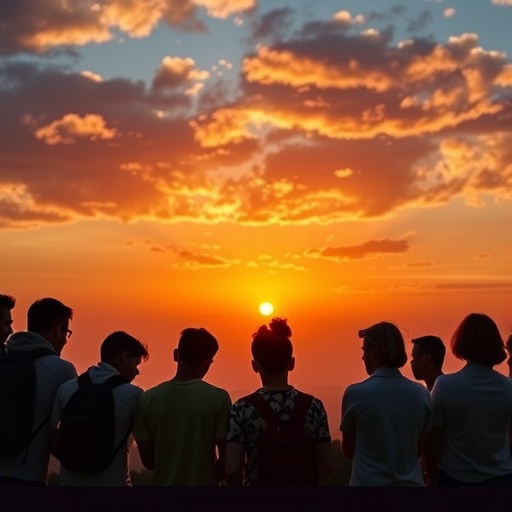Brain-computer interfaces promise to restore communication for individuals with severe speech and physical impairments. Current brain computer interfaces share many features of high-tech, conventional augmentative and alternative communication systems, but via direct brain link. Choosing the “right” brain-computer interface that maximizes reliability of the neural control signal and minimizes fatigue and frustration is critical.
Jonathan Brumberg, assistant professor of speech-language-hearing at the University of Kansas, will present on this subject and demonstrate a variety of brain-computer interfaces in his talk, “Evolution in Technology to Aid and Restore Communication,” at the AAAS Annual Meeting in Washington, D.C.
What: “Talking without Speaking: Overcoming Communication Challenges with Technology,” a scientific sessions panel at AAAS.
Who: Jonathan Brumberg, University of Kansas, Lawrence, KS; [email protected]
When: 10:00 AM – 11:30 AM Sunday, February 17, 2019
Where: Marriott Wardman Park – Thurgood Marshall Ballroom East, 2660 Woodley Rd NW, Washington, D.C., 20008
Background (panel description): Millions live with developmental or acquired communication disorders that significantly limit their ability to communicate with those around them. People can be left at a loss for words because of disorders such as autism, cerebral palsy, or intellectual disability, as well as acquired disorders such as stroke and brain injury. Augmentative and alternative communication (AAC) helps people overcome communication barriers via a range of high- and low-tech options. No longer simply science fiction, brain-computer interfaces can now be a plausible solution for acquired disorders. Evolving mobile technology has helped to normalize AAC use by making tablet and smartphones central to everyday interaction. However, the attitude that there’s an app for everything creates its own problems. First, basic language challenges, such as aphasia and autism, require well-organized interface designs and partner support for successful AAC use. For people with relatively intact cognitive-linguistic skills, barriers include physical access to devices. The recipe for successful communication for people needing AAC requires the right technology as well as an understanding of user abilities and limitations. While possibilities are endless, considerations about the application of technology must always be at the forefront of AAC implementation practice. The session explores these scientific opportunities and pragmatic challenges.
###
Additional speakers:
Aimee Dietz, University of Cincinnati, Cincinnati, OH: “Post-Stroke Aphasia – Tapping Residual Strengths to (Re)Access Language”
Cathy Binger, University of New Mexico, Albuquerque, NM: “Finding a Voice: Unlocking Communication Using Tablet Software”
Recent related papers:
Brumberg, J. S., Pitt, K. M., Mantie-Kozlowski, A., and Burnison, J. D. (2018). Brain-Computer Interfaces for Augmentative and Alternative Communication: A Tutorial. Americal Journal of Speech-Language Pathology 27(1), 1-12. doi: 10.1044/2017_AJSLP-16-0244.
Pitt, K. M. and Brumberg, J. S. (2018a). A Screening Protocol Incorporating Brain-Computer Interface Feature Matching Considerations for Augmentative and Alternative Communication. Assistive Technology. doi: 10.1080/10400435.2018.1512175.
Pitt, K. M. and Brumberg, J. S. (2018b). Guidelines for Feature Matching Assessment of Brain-Computer Interfaces for Augmentative and Alternative Communication. American Journal of Speech-Language Pathology 27(3), 950-964. doi: 10.1044/2018_AJSLP-17-0135.
Brumberg, J. S., Pitt, K. M., and Burnison, J. D. (2018). A non-invasive brain-computer interface for real-time speech synthesis: the importance of multimodal feedback. IEEE Transactions on Neural Systems and Rehabilitation Engineering 26(4), 874-881. PMCID: PMC5906041. doi: 10.1109/TNSRE.2018.2808425.
Brumberg, J. S., Nguyen, A., Pitt, K. M., and Lorenz, S. D. (2018). Examining sensory ability, feature matching, and assessment-based adaptation for a brain-computer interface using the steady-state visually evoked potential. Disability and Rehabilitation: Assistive Technology, 1-9. doi: 10.1080/17483107.2018.1428369.
Media Contact
Jen Humphrey
[email protected]
785-864-6621




